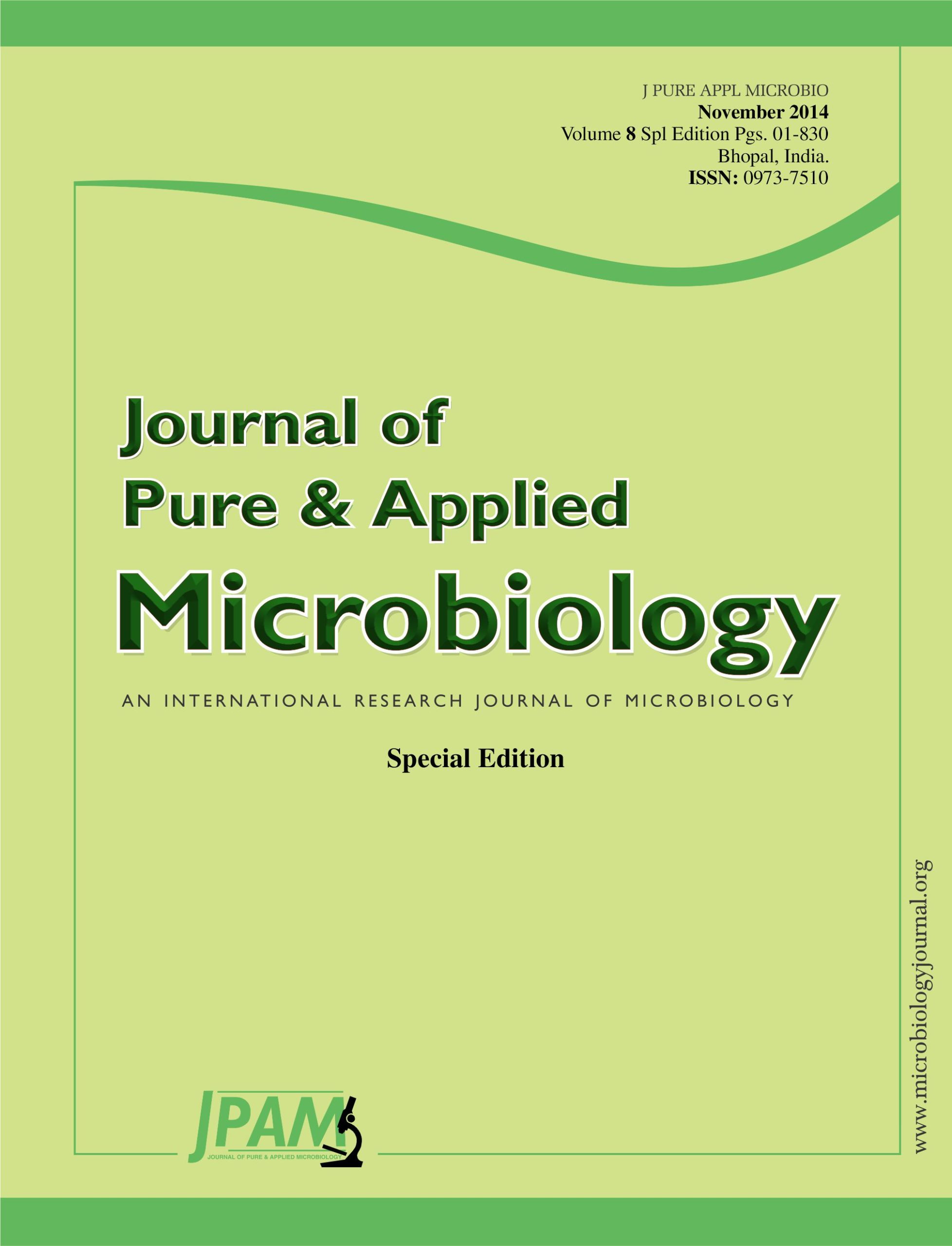Currently, antibacterial agents are widely used to treat bacterial infections. However, bacterial populations have adopted resistance mechanism against these antibacterial agents worldwide. Pseudomonas aeruginosa, which is a Gram-negative commensal of human microflora is one of the most common causative agents of nosocomial infections. Different types of clinical samples including pus, blood, urine, fluids and different swabs were collected from patients in district Peshawar, Pakistan. The pathogens were isolated by using sterile bacteriological media, including blood agar, MacConky agar, CLED agar and chocolate agar. All the clinical isolates of P. aeruginosa were tested for their sensitivity against antimicrobials including: amikacin (30 ug), ceftazidime (30 mcg), cefoxitin (30 ug), ceftriaxone (30 ug), cefipime (30 ug), ciprofloxacin (5 ug), co-amixoclave (30 ug), gentamicin (10 ug), imipenum (10 ug), meropenum (10 ug), sulzone (91 ug), fosfomycin (50 ug) and pipracillin-tazobactum (110 ug) of standard strengths respectively. We have observed the sensitivity profile of P. aeruginosa against Pipracillin-tazobatum is 90.4%, sulzon is 86.6%, amikacin is 82.8%, imipenum is 82.8%, meropenum is 80%, ceftazidime is 71.4%, fosfomycin is 69..5%, cefipime is 67.6%, cifrofloxacin is 71.6%, gentamycin is 63.8%, cefoxitin is 56.1%, co-amixoclave is 54.2% and ceftriaxone is 2.8% respectively. The results obtained herein indicate that a combination of pencilline+beta-lactamase inhibitors, imipenem and amikacin were the drugs of choice that can be used against multidrug resistant strains of P. aeruginosa.
Pseudomonas aeruginosa, Prevalence, Antibiotic susceptibility
© The Author(s) 2014. Open Access. This article is distributed under the terms of the Creative Commons Attribution 4.0 International License which permits unrestricted use, sharing, distribution, and reproduction in any medium, provided you give appropriate credit to the original author(s) and the source, provide a link to the Creative Commons license, and indicate if changes were made.


